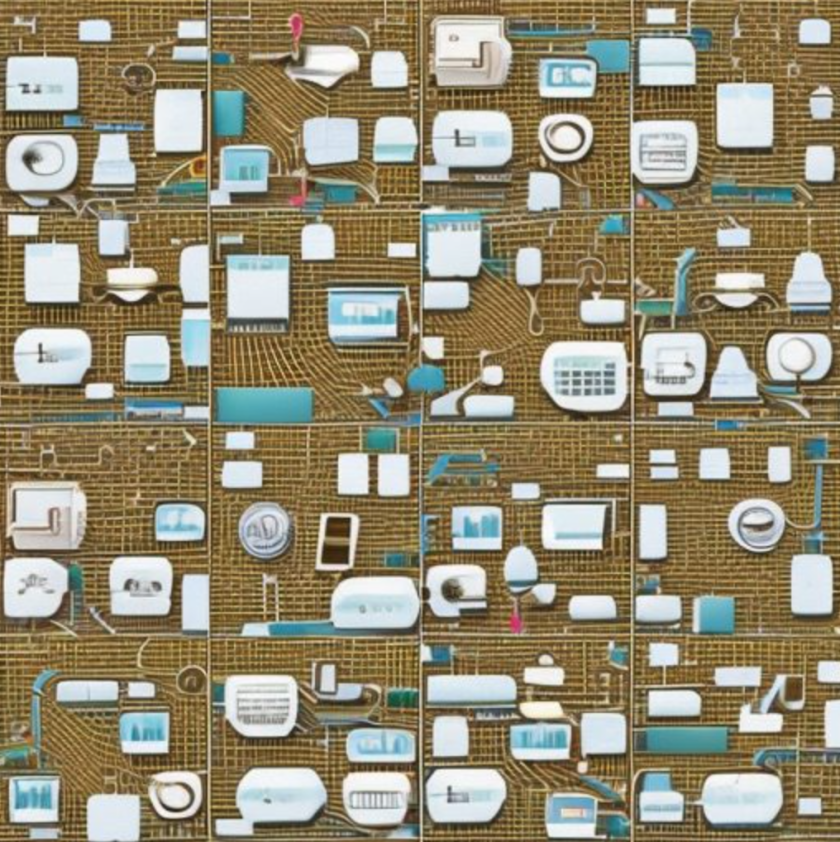
The Stack Fallacy – What It Means For Healthcare
What is the Stack Fallacy? It is the fallacy that a company (or hospital) can ‘own’ the whole process, in particular all of the tech that supports its work. Who hasn’t seen examples of this in healthcare, where the tech seems to have become more important the the (old-fashioned) aim of healthcare – treating patients.
In reality, we depend on many parties to accomplish outcomes, including in healthcare. We can’t realistically be expert in all of the tasks or technology that a process requires. What strategy should you follow then?
Hospitals and healthcare organisations face a difficult challenge when it comes to managing their technology stack.
On one hand, they often want to own the technology that powers their operations in order to gain a competitive advantage or increase profits. On the other hand, attempting to control every aspect of the technological stack from hardware up to software can lead to increased costs, additional internal human resources and longer development cycles, as well as potentially poor product experiences for patients if expectations are not met.
The solution for hospitals and healthcare organisations, to avoid falling into this ‘Stack Fallacy’ trap, is by focusing first on providing excellent patient care while leveraging existing solutions when possible. By prioritising customer feedback and data-driven decision making over relying solely on proprietary technology, hospitals can ensure that their technology stack helps them provide superior patient care, while also reducing costs and development time.
Best practice includes the following strategies. These will be explored in more detail in the next few blogs:
- Hospitals should prioritise providing the best possible patient care instead of attempting to control every aspect of their technology stack, as this can lead to increased costs and longer development cycles.
- Hospitals should consider partnering with appropriately experienced external providers, where possible, to leverage existing and proven solutions and focus on creating products that solve patient problems and provide excellent user experiences.
- Hospitals should prioritise customer feedback and data-driven decision-making over relying solely on developing their own technology.
By staying customer-focused and leveraging existing solutions, hospitals can ensure that the technology stack helps them provide better patient care. Ultimately, by avoiding the Stack Fallacy and prioritising customer feedback, hospitals can create better (safer, more efficient and effective) products and services, while also improving costs and the user experience for patients and staff.




